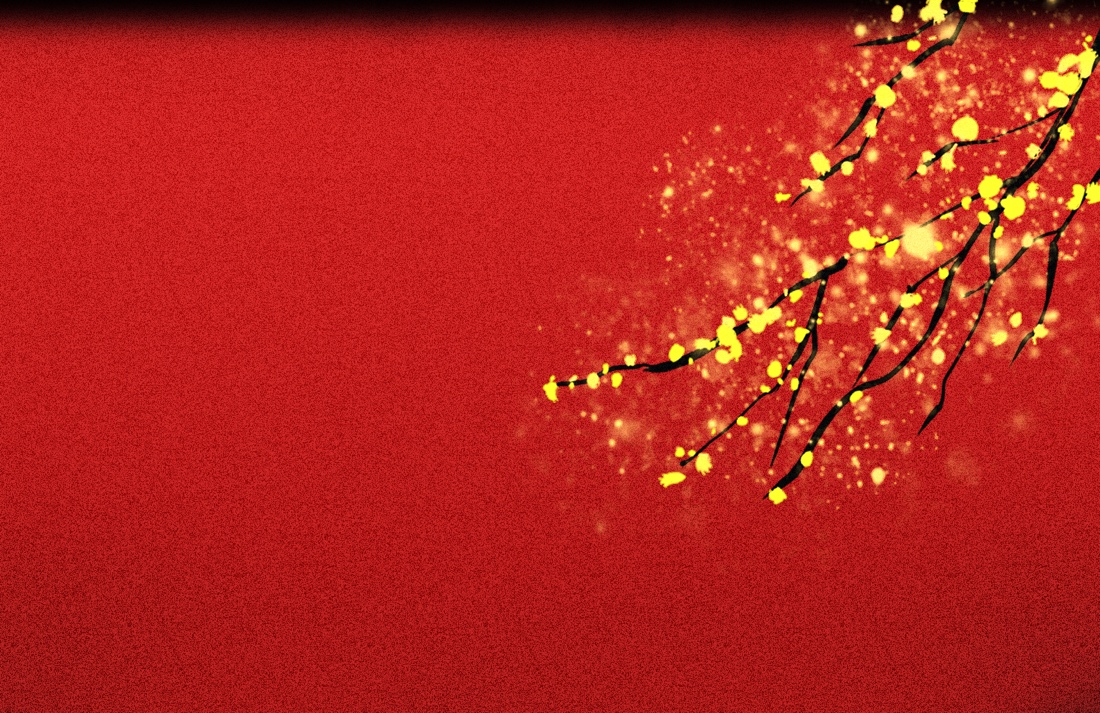
Figure 1. The wall of the Forbidden City, Beijing (Source: Tsz Yu YANG, 2022)
1. Introduction
Located in Beijing, China, the Forbidden City (Figure 2) is known as the largest and best-preserved wooden building complex in the world. For over 500 years, the palace served as the political capital of the feudal dynasties (Ming and Qing). However, after the breakdown of feudalism, it shifted into the Palace Museum in 1925 for tourist and preservation purposes. Due to the rise of social media platforms such as Weibo and Tik Tok, the museum promotes the Forbidden City online, attracting the younger generation for photoshoots and souvenirs. It is worth studying how the palace changed from an imperial region to a tourist attraction. In this project, we will investigate the research value of the Forbidden City and examine how contemporary Chinese cultural values affect the changing spatial function of the Forbidden City.
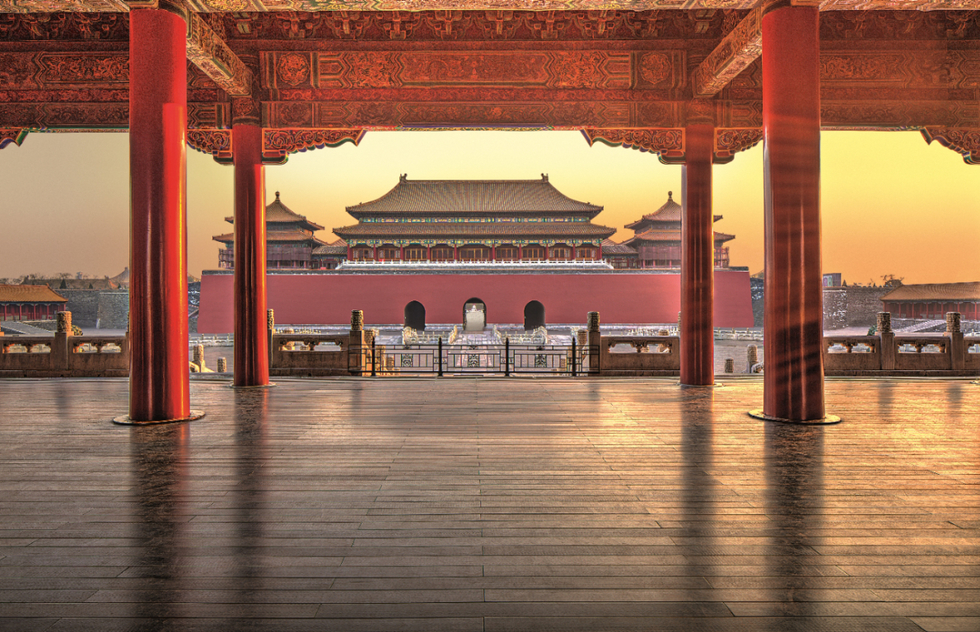
Figure 2. The Forbidden City.
(Source: Forbidden City: The Palace at the Heart of Chinese Culture, 2021)
2. Cultural Geographical Perspective on the Forbidden City
Our investigation is structured around the following question: What are the ways in which Geographical Characteristics (e.g. Centrality) maintains the Forbidden City's significant position after the functional transformation?
In the report, Centrality is applied in analyzing how the status of the Forbidden City is highlighted through its architectural features, geographical location, and historical significance. This theory is a classical location theory proposed by German geographer Walter Christaller. (Christaller, 1966) Central place in Centrality refers to the settlements that provide central functions for the surrounding settlements. (Li, Liu & Qian, 2017)
The Forbidden City is situated at the center of the central axis of Beijing(北京中軸線), which is a hierarchical and orderly urban spatial complex that brings the most significant groups of Chinese buildings, historical landmarks, and sites since the 13th century. As the core of the city, the central axis expresses the traditional concept of order in Chinese civilization, from the scale and layout of the buildings to their decorative details, forming a pattern that unites the entire city.
Besides being a center of power and politics, the palace was also a place where hierarchy and ceremonial order were embodied. Due to its location at the space center, it developed the typical order of a Chinese urban space. In addition to being the center of the central axis (Figure 4), the Forbidden City is also Beijing's political center. Although the Forbidden City is no longer a political center and has turned into museum after feudalism broke down, it is still the cultural center of China (Figure 3).

Figure 3. Functional Transformation of The Forbidden City.
(Source: Yuet Ying Wong, 2022)
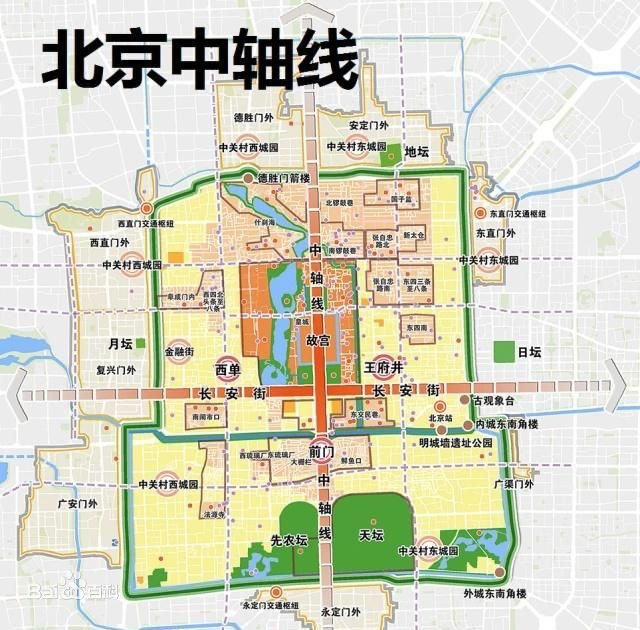
Figure 4. The Central axis of Beijing. (Source: Baidu Baike, N/A)
3. Empirical Analysis
3.1 The original features and functions of the Forbidden City
Considering architectural layout, the Forbidden City lies in the center of the central axis, with symmetrical left and right, and all buildings face south. According to its layout and functions, the Forbidden City is divided into two parts: the "outer court" and the "inner court", those are bounded by the boundary of Qianqingmen (乾清門).
The Forbidden City was built according to the traditional ritual system and the “Yin-Yang” and “Five-element principles,” with the aim of consolidating the emperor's centrality and awareness of "supremacy".
The symbol of imperial power
The interior architecture of the Forbidden City is full of symbols that symbolize the feudal class. For example, all buildings face due south to reflect the orthodoxy of the king of a country, "the south is king". The buildings are patchwork, high and low, aiming to highlight the class difference between the emperors and others. (Chan, 2014)
The Forbidden City uses a lot of red walls and yellow tiles. Red symbolizes good fortune while yellow symbolizes nobility. Yellow is also the exclusive color of ancient emperors, representing their supreme power. (Chan, 2014) The number of nails on the gate of the Forbidden City adopts "nine rows and nine columns,” to show the emperor's lofty status. (Figure 5.)
The internal architecture functionally reflects the hierarchy of feudal society, revealing the supreme thought of the emperor and demonstrating the majesty of the imperial power.
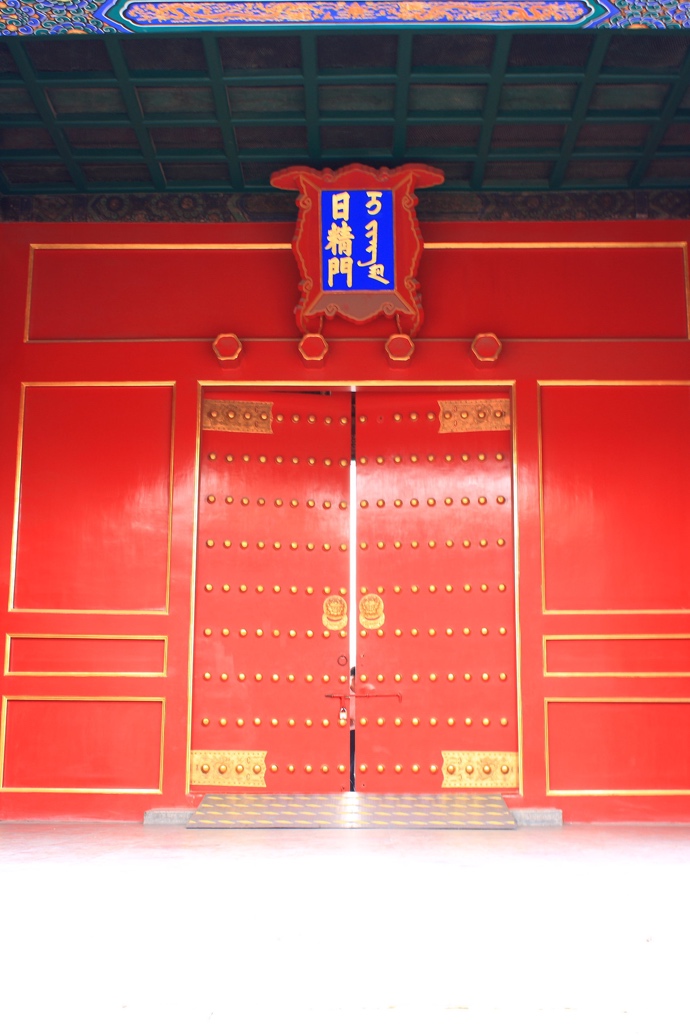
Figure 5. The Gate of Heavenly Purity. (Source: Wang, 2007)
3.2 Specific features of the Forbidden City
The Forbidden City is an important testimony to the economic prosperity, social development, and ethnic integration of the Chinese. As the imperial palace, the Forbidden City was a symbol of imperial power and the central zone of the feudal dynasty with a supreme status. It was also the ruling center where the feudal emperors issued their orders and a place for living luxuries.
However, the Forbidden City officially turned into the Palace Museum in 1925 (Figure 6), becoming the place for the collection, display and preservation of objects for cultural and educational purposes. (Pengyong, 2021) Its establishment transformed the Forbidden City, formerly a place where emperors lived, into a place where ordinary people could visit freely. The museums also transformed precious cultural relics, which were only for the emperor's enjoyment, into the commonwealth of the entire nation. As a result, the transformation of the Forbidden City from a political center of ancient imperial power to a museum symbolizes China's revolution.
By 1987, the Forbidden City was inscribed on the World Heritage List, which is the first Chinese heritage site to be included in this list. (Pengyong, 2021) In 2003, the National Palace Museum introduced "Palace Studies". Its introduction and establishment give impetus to the academic vision of the Palace. The expansion and deepening of research have facilitated further exploration of the history and culture of the Palace, as well as the comprehensive protection of the place. (Lin, 2020) Not only does it enable the public to understand the significance of the Palace's ancient architecture and its cultural treasures, but it also demonstrates the importance of the historical remains of the Palace. (Lin, 2020)

Figure 6. The Palace Museum. (Source: Lin, 2022)
3.3 Nationalism and the Modern Significance of the Forbidden City
The centrality of the Forbidden City gives it a strong symbolic significance both political and cultural. The rising nationalism of China is one of the factors leading to the transformation of the image of the Forbidden City, changing the palace from a symbol of feudal royalty to national pride. In the past decades, the Chinese government promoted the importance of traditional culture, which has gradually warmed up the nationalist sentiment, affecting the image of the Forbidden City in people's minds. In Xi Jinping’s political philosophy, the Confidence Doctrine guides people to be “confident in our culture” and achieves the great rejuvenation of the Chinese nation.
The controversy of Starbucks in the Forbidden City branch in 2007 is an example displaying the rising nationalism and the transformation of the Forbidden City. In January 2007, Rui Chenggang, the host of CCTV, published an article "Invite Starbucks to go out of the Forbidden City" on his blog, attacking the branch of Starbucks Coffee in the palace, and asking it to move out. He claimed that Starbucks coffee was "the carrier and symbol of the inferior food culture in the United States", eroding Chinese culture in the palace. Starbucks eventually withdrew from the palace under the overwhelming media reports and the fierce reaction of netizens, indicating the inseparable relationship between the Forbidden City and the rising nationalism in recent decades - it is still the core of national culture and pride.
Located in the center of the capital, the Forbidden City has a higher status than other tourist attractions, it is also an irreplaceable symbol of traditional culture. The Forbidden City has attracted numerous Hanfu(the traditional Chinese dress) lovers to take photos on the spot, forming an industrial chain of clothing rental and photography. Through the imagination and yearning of modern young people for ancient life, the space function of the palace has changed from a stately royal site to a shooting spot, transforming the image of the Forbidden City from a negative feudal image to a positive cultural symbol.
3.4 The Forbidden City as the cultural center
Even though the Forbidden City no longer serves as a political capital and has become a museum after feudalism collapsed, it remains the main cultural center and a traditional symbol of China, influencing consumer culture and popular culture, especially on online platforms after the rise of the internet. Used to be a symbol of imperial power, the palace gives people a sense of supremacy in terms of architectural features, geographical location, and historical significance. While the cultural creative products from the palace have altered the impression of people by referring to the experience of the National Palace Museum in Taipei. The palace museum starts to integrate cultural heritage and fashion trends in their dedicated, Forbidden city-inspired souvenirs. Many emperors and imperial concubines have become the museum's inspiration for their derivative products. Ornaments, accessories, as well as palace-themed cosmetics, and a variety of products, have brought more spiritual enjoyment to the customers in the process of consumption and use while narrowing the distance between the "forbidden place" and the ordinary people. More people are fascinated by the Forbidden City culture with its historical value, which will help the inheritance of traditional culture and enrich the country's soft power while enhancing the promotion of consumer culture with cultural and economic benefits.
The Forbidden City has also become ubiquitous in both television works and internet trends. For instance, the two-drama series "Empresses in the Palace" and "Story of Yanxi Palace" (Figure 7) have had enormous success in promoting the culture of the Forbidden City with the phenomenon of "Internet celebrity". Nevertheless, the ice cellar of the Forbidden City, which was used to store ice in ancient times, has been converted into an internet celebrity restaurant in recent years. Visitors can have a unique experience in enjoying royal cuisine in the former royal ice cellar. The internalization of consumer culture has not only intertwined with the representation center of the Chinese traditional culture but also transformed the actual appearance of the Forbidden City.
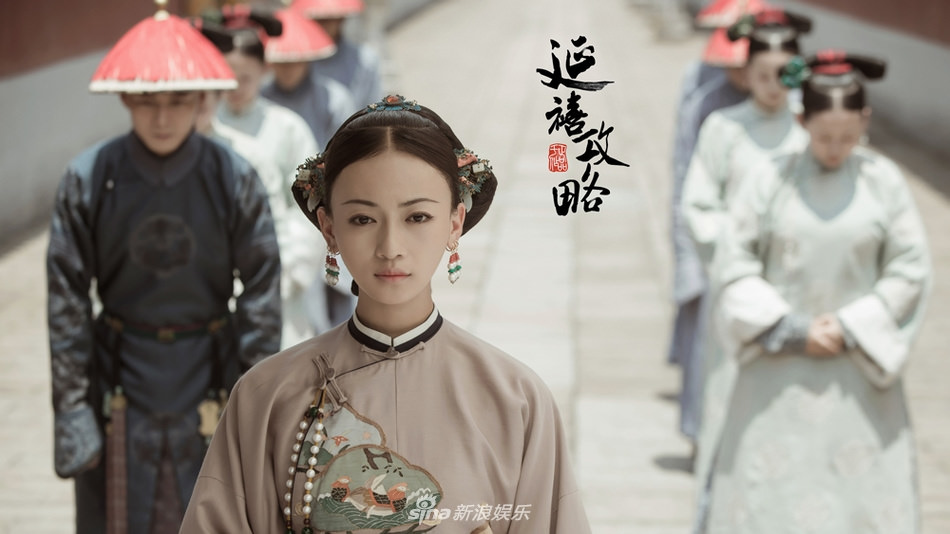
Figure 7. Story of Yanxi Palace (Source: Sina, N/A)
4. Conclusion
With the lens of centrality, we examined how the geographic features of the Forbidden City make it unique, as well as how Chinese cultural values have influenced its spatial function in the modern age. Under contemporary cultures such as nationalism and consumer culture, the Forbidden City has shifted from being a political center to being a cultural center, and its functional role has also diverted from symbolizing the emperor system to being a symbol of ancient China's rich cultural heritage. It is believed that in the future, the appearance of the Forbidden City may change in accordance with diverse cultural changes.
References
Christaller, W. (1966). Central places in southern Germany (Vol. 10). Prentice-Hall.
Go inside Beijing's Forbidden City with lush images from this $995 book. Frommer's. (n.d.). Retrieved October 20, 2022, from https://www.frommers.com/blogs/passportable/blog_posts/go-inside-beijing-s-forbidden-city-with-lush-images-from-this-995-book
Lin, Louis. (2008). The Palace Museum. Flickr. Retrieved October 20, 2022, from
https://www.flickr.com/photos/louislin/2619738190/in/album-72157605866517996/
Marshall, J. (2019). The structure of urban systems. In The Structure of Urban Systems. University of Toronto Press.
Preston, R. E. (1970). Two centrality models. Yearbook of the Association of Pacific Coast Geographers, 32(1), 59-78.
Zhou, Y., Zhang, L., & Wu, Y. (2001). Study of China’s urban centrality hierarchy. Areal Research and Development, 20(4), 1-5.
〈北京大雪:故宮前擠滿漢服美女集體追雪,雪季女性竟藏千萬元商機〉,《香港 01》,網址:https://www.hk01.com/%E5%A4%A7%E5%9C%8B%E5%B0%8F%E4,瀏覽日期:2022年10月16日。
〈北京中軸線〉,《百度百科》,網址:https://baike.baidu.com/item/%E5%8C%97%E4%BA%AC%E4%B8%AD%E8%BD%B4%E7%BA%BF/5315908 ,瀏覽日期:2022年10月25日。
〈故宫學視野下的故宫(2003年以來)〉,《中國文明網》,
網址:http://zt.bjwmb.gov.cn/wmcy/sybj/wmcyddbj/202011/t20201108_517092.htm,
瀏覽日期:2022年10月16日。
〈星巴克事件〉,《百度百科》 ,網址: https://baike.baidu.hk/item/%E6%98%9F%E5%B7%B4%E5%85%8B%E4%BA%8B%E4%BB%B6/4957765 ,瀏覽日期:2022年10月15日。
〈為什麼故宮叫作紫禁城?你所不知道關於北京的20件事〉,《 The News Lens 關鍵評論網》 ,https://www.thenewslens.com/article/8165 ,瀏覽日期:2022年10月15日。
〈【專家談】習總書記「七一講話」爲何強調「文化自信」?〉,《人民網》,網 址:https://web.archive.org/web/20210613201748/http://opinion.people.com.cn/n1/2016/0704/c1003-28522592.html,瀏覽日期:2022年10月15日。
〈【道中華】故宮為何獨一無二?〉,《國家民委網站》,網址: https://www.neac.gov.cn/seac/index.shtml ,瀏覽日期:2022年10月15日。


